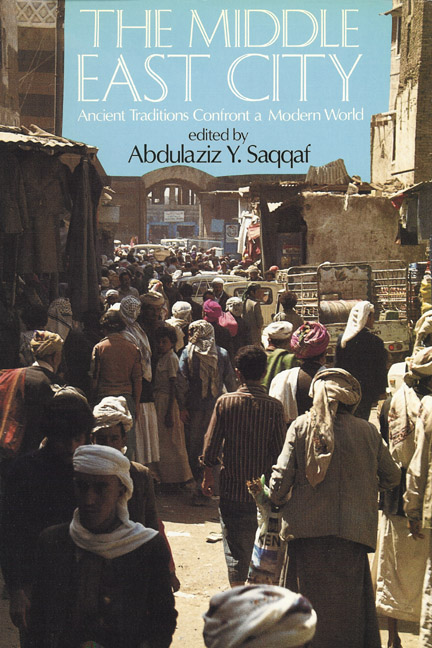In the tradition of Lewis Mumford and other great scholars of urban planning, The Middle East City brings us into the mind and soul of the twentieth century city environment. In this instance, however, and for the first time in the West, urbanization in the Middle Eastern city is the topic, as analyzed in high and erudite detail by twenty-one of the world’s foremost authorities on the Middle East. Among the contributors are anthropologists, architects, economists, urban planners, political scientists, and sociologists, all of whom address problems that are already affecting a third of our world:
• Is there already a serious issue of over-urbanization in the Middle East?
• What happens to the traditional Middle Eastern city when its identity is threatened by technology and westernization?
• What will the Middle Eastern city look like at the turn of the century? What should it look like?
• How will the fate of the Middle Eastern city affect issues of war and peace throughout the world in decades to come?
Presenting their views in crisp detail, the authors offer a close-up
look at representative centers throughout the Middle East. Profiled is
mysterious Cairo with its swollen population and uncontrolled use of resources.
Studied also is Sana’a, both as a model of an ancient Islamic metropolis
and as an example of how modernization can ravage the delicate urban ecosystem
of a traditional Middle Eastern city. Moslem Jerusalem is likewise analyzed,
along with warbattered Beirut, Turkish urban centers, and much more. Ultimately,
the emphasis in these studies is on the need for restructuring urban patterns
according to indigenous values–specifically the Islamic architectural heritage–the
point being that modern change and ancient tradition can be made compatible,
and that in many cases
Middle Eastern city planners are leading the way.
Fully illustrated with forty photographs, maps, tables, and illustrations, The Middle East City is a valuable resource for both scholars of Middle Eastern architecture, politics, and culture, and for practitioners of city planning, both Eastern and Western variety.




